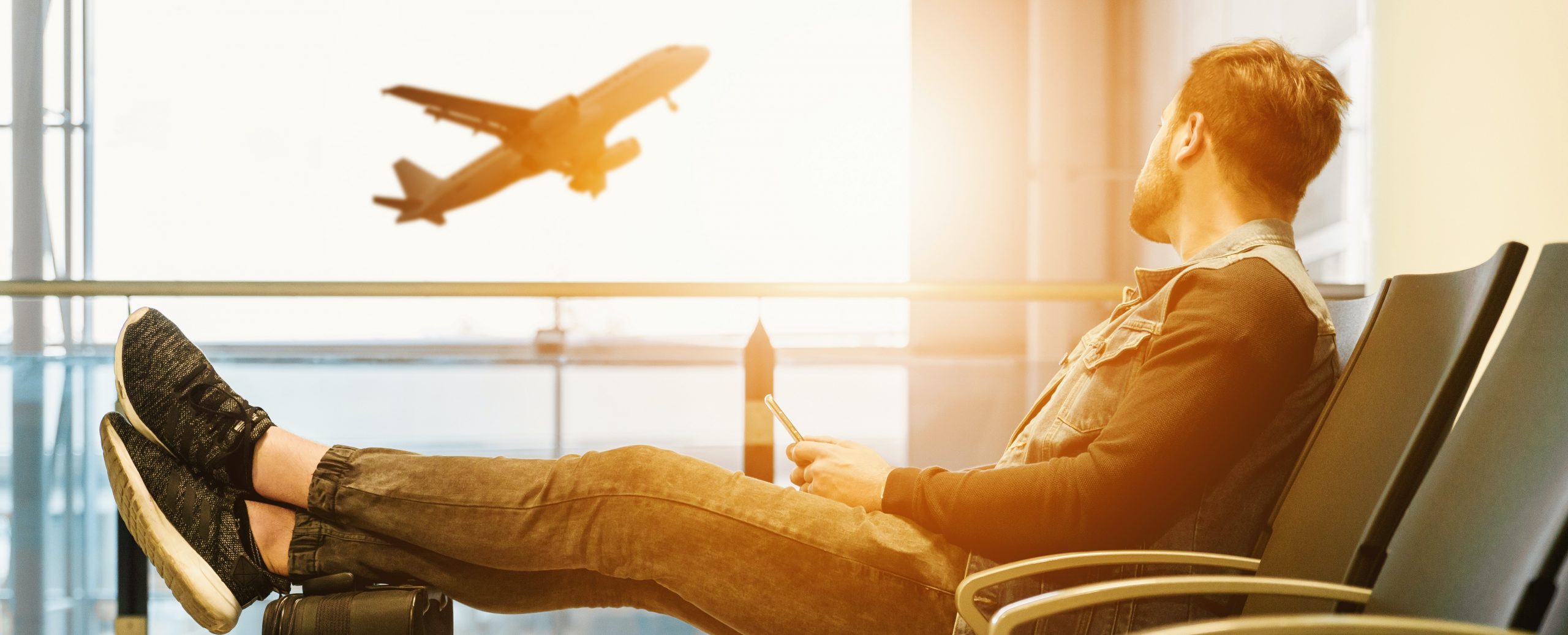As the popularity of vaping continues to rise, an increasing number of travellers are faced with the question: “Are vapes allowed on planes?” This blog will shed light on the intricacies of travelling with vapes, addressing the common concerns and questions that many individuals have when it comes to enjoying their vaping experience while on the go.
In this comprehensive guide, we aim to provide travellers with a thorough understanding of the rules, best practices, and considerations when it comes to travelling with vapes. Whether you’re a seasoned vaper or just starting your journey, this blog will serve as your go-to resource for a hassle-free and informed vaping experience while travelling.

Are Vapes Allowed on Planes?
Vapes are generally allowed on planes, but there are specific rules and regulations that passengers must follow when travelling with vaping devices and e-liquids. Airlines and aviation authorities have established these guidelines in order to ensure both the safety and pleasant journey of passengers.
What Are The Rules When Travelling With Vapes?
Rules and regulations regarding travelling on airlines with vapes can vary depending on the airline and the specific destination. However, here are some common rules and guidelines to keep in mind:
Carrying Vapes Onboard
Most airlines allow passengers to carry vapes in their carry-on luggage but not in checked baggage. This is because lithium-ion batteries in vapes are considered a fire hazard, and airlines prefer them to be in the cabin where any potential incidents can be quickly addressed.
Battery Safety
Remove the batteries from your vape device before packing it. Loose batteries should be carried in a plastic battery case to prevent short-circuiting.
E-Liquid Containers
E-liquid bottles must adhere to the Transportation Security Administration (TSA) regulations for carrying liquids in your carry-on bag. Bottles should typically be 3.4 ounces (100ml) or less and placed in a quart-sized, clear, resealable plastic bag.
Security Screening
When going through security, you should expect to remove your vape device and batteries from your carry-on bag for separate screening. Be prepared for this process and prepare them appropriately to avoid delays.
Disposal of Unused E-Liquids
Before boarding the plane, empty your vape tank of e-liquid. Most airlines prohibit the use or filling of vape tanks while on board. Excess e-liquid should be disposed of according to the airline’s guidelines.
Storage and Safety
Store your vape device safely during the flight, preferably in its original packaging or a protective case. Avoid storing it loose in your pocket or bag to prevent accidental activation, damage or e-liquid leakage.
Can You Vape on an Aeroplane?
In-flight vaping is generally prohibited on most airlines. Smoking or vaping in the cabin is against airline policies and is often prohibited by law. Many airlines take these rules seriously, and violations can result in fines and legal consequences. In essence, you can’t vape on an aeroplane.
Why are Vapes Not Allowed on Aeroplanes?
Vapes are generally not allowed for use on aeroplanes due to several reasons, including safety, health, and regulatory concerns.
Fire Hazard
Vapes contain lithium-ion batteries, which have been known to overheat or even catch fire under certain conditions. Having these devices in the cabin allows the cabin crew to quickly respond to any potential battery issues, reducing the risk of a fire hazard. Placing vapes in the cabin rather than in checked luggage is a safety measure to ensure that any incidents can be promptly addressed.
In-Flight Air Quality
The use of vapes can significantly affect the air quality within the cabin. Vaping produces aerosolized particles that can irritate airways and lead to discomfort for passengers and cabin crew. Maintaining good air quality is essential for the comfort and well-being of everyone on board.
Legal and Regulatory Compliance
Many countries and regions have banned or heavily regulated vaping products. Airlines must comply with the laws and regulations of the countries they operate in and fly over. To avoid legal complications, airlines typically prohibit vaping on board to ensure compliance with various international regulations.
Uniform Policies
Airlines aim to provide consistent and clear policies for passengers, and allowing vaping could lead to confusion or disputes among travellers who may have different preferences or expectations regarding vaping during the flight. A blanket ban helps maintain order and clarity.
For these reasons, airlines generally prohibit vaping on aeroplanes. Passengers are encouraged to respect and adhere to these policies to ensure a safe, comfortable, and hassle-free travel experience for themselves and their fellow passengers.
Travelling with Vapes
We hope that this guide to travelling with vapes has helped provide some clarity around the rules and regulations. For more informative posts like this, check out: Debunking Vaping Myths | Disposable Vapes Pros and Cons | A Beginner’s Guide To Vapes.
